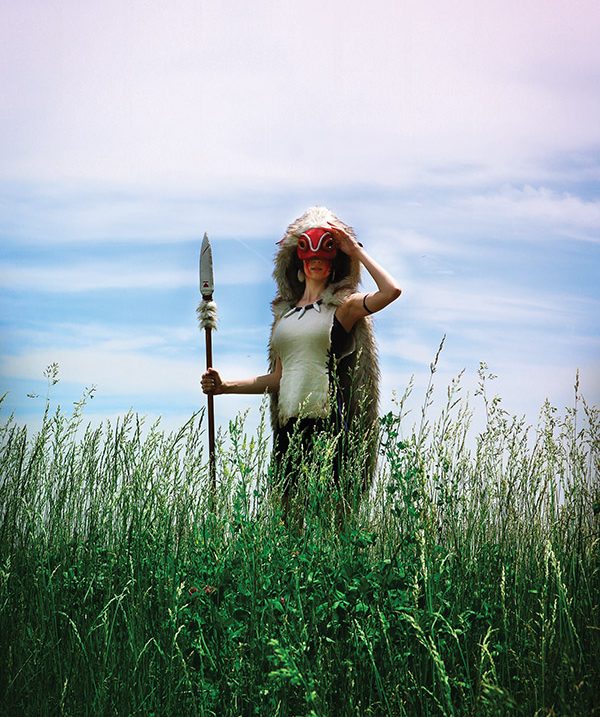
by MangoSirene
photos by MangoSirene & Wesley Smith
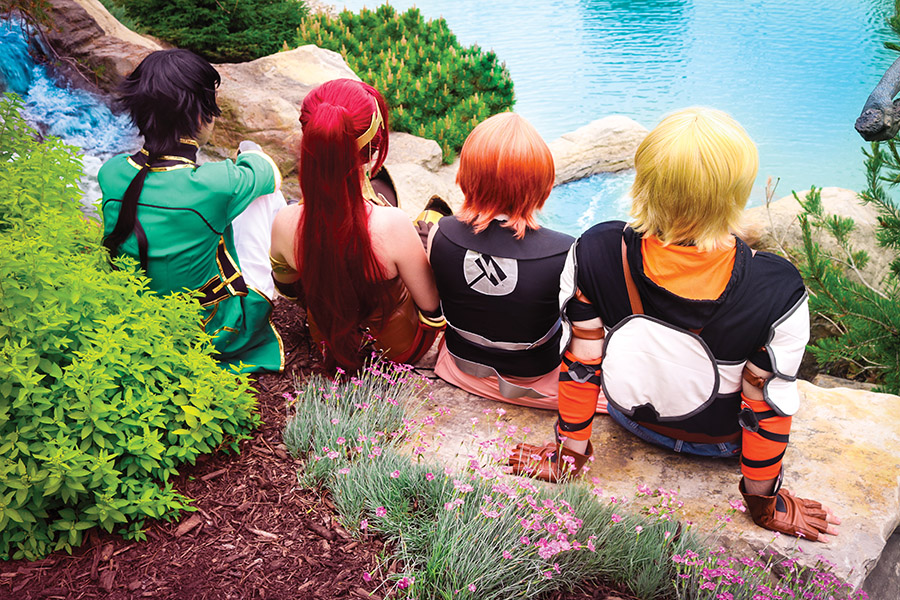
Cosplay has long since been an integral part of conventions, but as cosplay has grown and transformed into a diversified art form, it has altered the convention scene quite a bit. From panels to competitions to fandom gatherings, cosplay is here to stay — and in many cases, it’s one of the main reasons people will attend a convention at all. Some of the most popular conventions in the United States draw a large portion of their crowd specifically because of photoshoot opportunities. ColossalCon, which takes place at the Kalahari Waterpark Resort in Sandusky, OH, is one of those conventions. ColossalCon itself has a decent selection of panels and other standard convention activities to participate in, but its main draws are the waterpark, the arcade, the animal encounters, and the expansive resort grounds that include forests, fields, and swamps, all of which provide exciting backdrops for cosplay photos.
However, a lot more work goes into creating great cosplay photos than most people realize — and I truly didn’t realize it until I starting taking photos myself. Lately, after spending ten years in front of the camera, I’ve been spending a lot of time behind the camera, too, and this year’s ColossalCon marked my first weekend where I spent more time shooting pictures of other cosplayers than doing my own photoshoots. As more cosplayers get involved in the modeling and photoshoot aspects of the hobby, I’d like to offer some advice on taking great cosplay photos, based on my experiences as both a cosplayer and a photographer greenhorn.
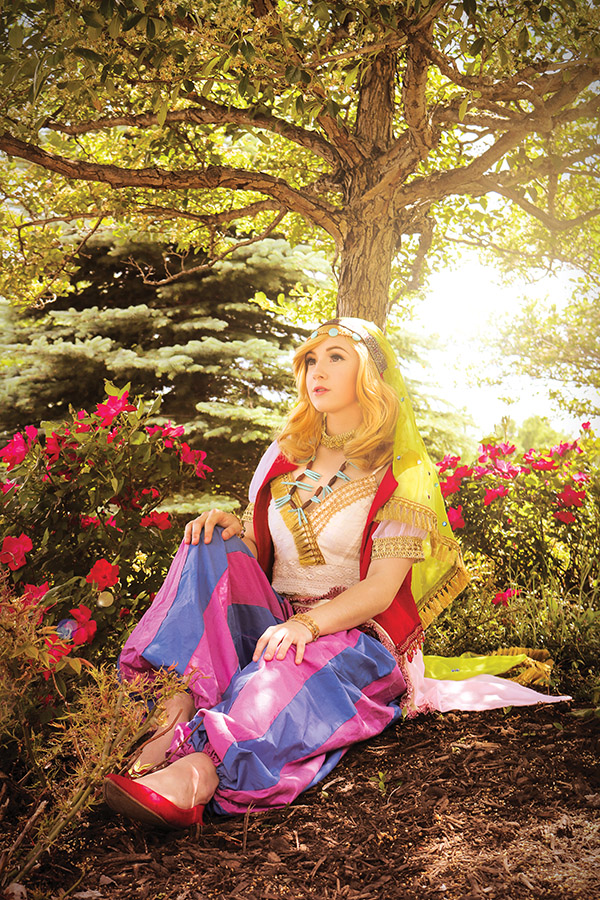
Posing
First and foremost, posing is one of the most important parts of taking good photos. You can have an amazing location and lighting, but if the model looks stiff and awkward, it’s going to noticeably affect the outcome of that picture.
At a foundation level, any cosplayer looking to hop in front of the camera can benefit from learning basic modeling techniques. Sites like Pinterest and fashion blogs have hundreds of articles and posts about the best technical practices for posing, such as 3/4-turns, arm positioning, weight distribution, and more. These are techniques that everyone should have under their belt, photographers included.
Modeling isn’t easy by any means; no one is born naturally knowing how to hold a balanced pose for five minutes straight and extend their face forward at the proper angle. These skills will come with time, and they should be practiced just like any other cosplay skill. Stand in front of a mirror and practice your modeling techniques. Whip out your phone and take selfies to practice your expressions. It’s just as important as practicing your makeup application and wig styling.
In addition to that, I’ve found it helpful as a cosplayer to strongly consider how the character stands, moves, and acts in the source material. Do they have a domineering presence? Are they shy? Do they tend to strut around like a peacock, or do they carry themselves like a timid mouse? Do they make wild gestures, or do they stick to smaller, precise movements? Study your character, and when posing, try to think of what they would be doing in the situation. Would they lean against the rock, stand by the rock, or climb the rock? Would they sit in the chair with their legs crossed, or would they lean back in the chair like a school delinquent? This incorporates more of the play aspect of cosplay, but it can do wonders to really bring the character to life.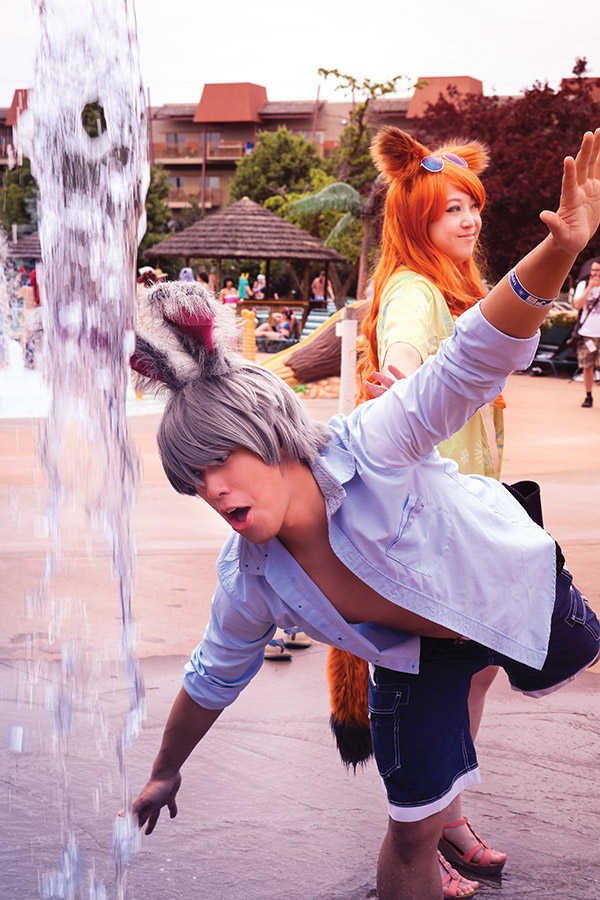
Finding Photographers
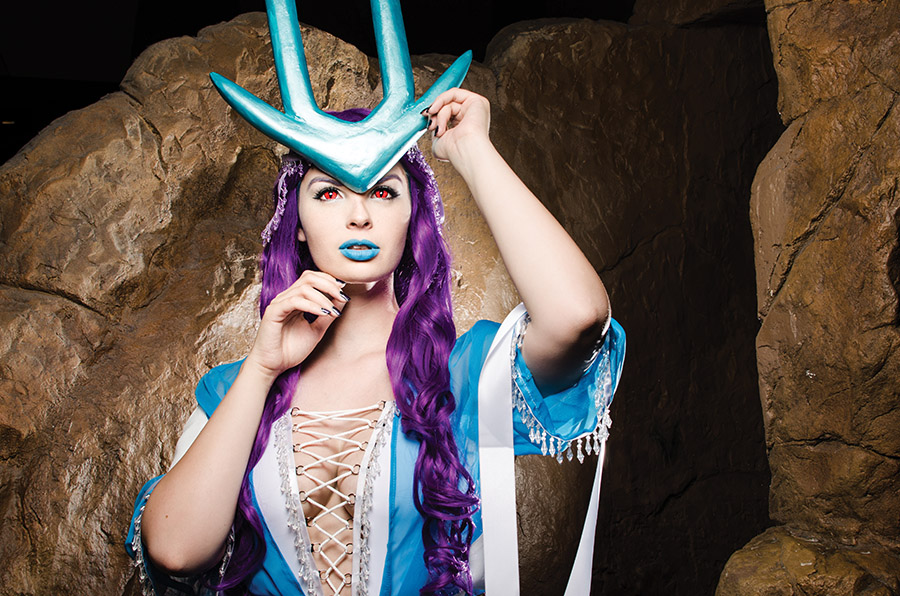 Obviously, without photographers, there wouldn’t be any photos! These days, pretty much everyone knows a friend who has a camera. About 90% of the photographers I work with are my friends. Most of the time, photoshoots will just happen as we’re hanging out together at conventions, or we’ll plan to do a shoot at some point over the weekend so that we make sure to see each other.
Obviously, without photographers, there wouldn’t be any photos! These days, pretty much everyone knows a friend who has a camera. About 90% of the photographers I work with are my friends. Most of the time, photoshoots will just happen as we’re hanging out together at conventions, or we’ll plan to do a shoot at some point over the weekend so that we make sure to see each other.
Meanwhile, some of my other photographer friends offer paid photoshoots, so in that case I’ll book them for a shoot so I can chip in to support their convention costs. This is how I did the majority of photoshoots when I first started cosplaying, and it’s the way I always recommend for new cosplayers to start doing shoots. Find photographers whose work you admire and follow their social media accounts, or network with photographers at conventions by exchanging information. Keep an eye out if they’ll be attending the same convention as you, and when they would post about offering photoshoots, contact them for a time slot. Then it’s a matter of meeting up at the convention, doing the shoot, and making sure their photography fee has been paid. A few weeks later… beautiful pictures!
Why pay for photos if you have friends with cameras? Well, it’s a great way of making sure you’ll get photos, since when you work with a photographer for free, they have no financial or contractual obligation to actually give you pictures. And a lot of times, they won’t — or you’ll have to wait a long time for them. Why? This is simply because photographers are artists, too, and they may not want to post photos if they’re not happy with the end result. There are many, many free photographers who are great about returning photos, but 9 times out of 10, paying for a photoshoot increases the likelihood of you receiving photos in a timely fashion.
Finding Locations
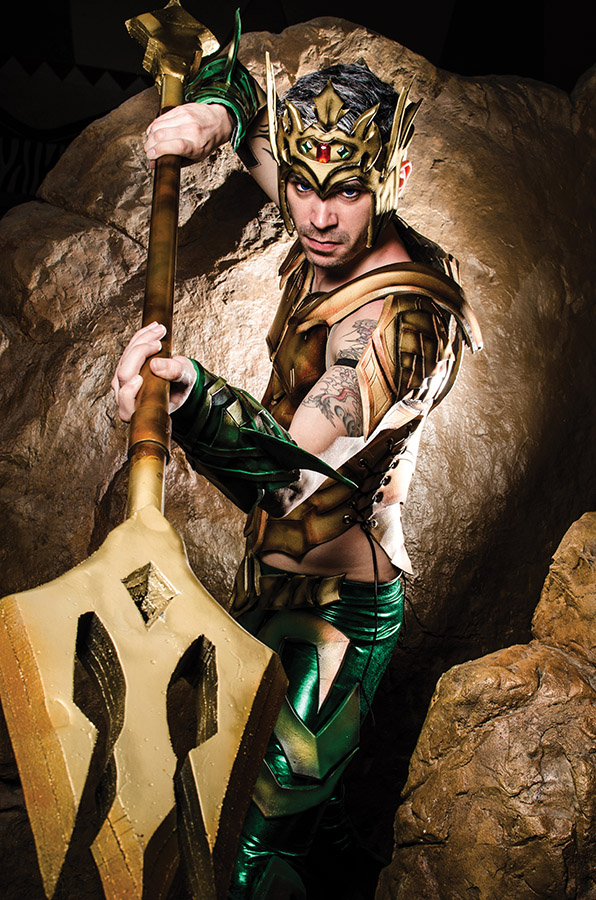
If you’re lucky and you’re attending a convention like ColossalCon, there will be plenty of locations to choose from for photoshoot purposes. Fields, rivers, wooded areas, wave pools — you name it, there’s something for everyone. A lot of conventions, though, take place in hotels and expo centers. These aren’t always the most fitting backdrops for your characters, but with a bit of creativity, you can make them work. I always try to spend “Day 0” of a new convention by taking a tour of the area. Maybe the lobby would fit this character, while the garden out back would work for that character, and look, there’s a park across the street with a fountain that would totally work for Saturday morning’s shoot!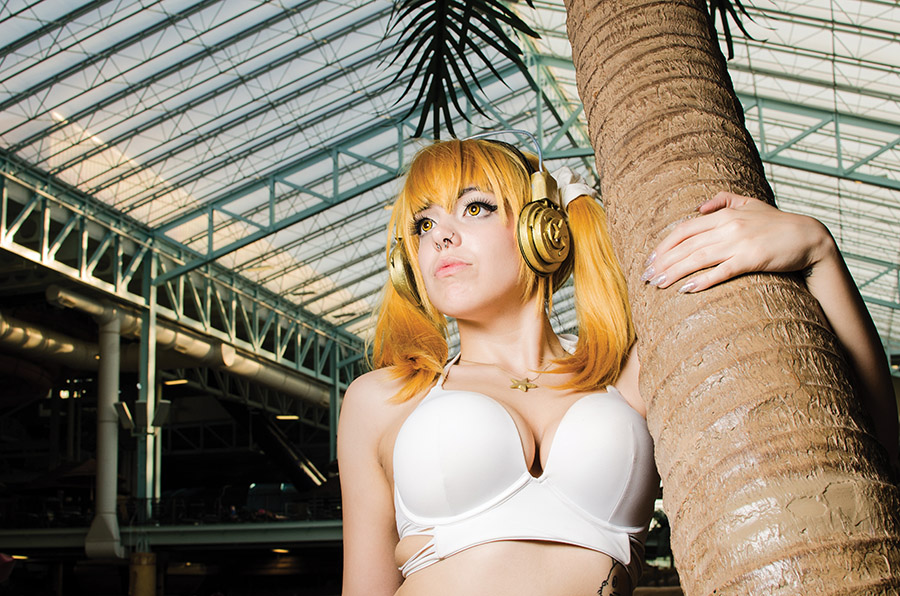
I sketch out a map or make a list of these potential locations in my phone so that we aren’t left to wander around blindly during the actual shoot. When doing this, I also try to think about how much traffic will be in that area. Will I be able to comfortably shoot there? Will we be sharing the space with other photographers and cosplayers? It’s important to make note of these things, especially when it comes to a convention such as ColossalCon where all the “prime spots” will most certainly be occupied. In those situations, it’s best to be polite and respectful to your fellow cosplayers and photographers. Share the space fairly — and maybe even help out with each other’s shoots so everyone can get the pictures they want!
That being said, the majority of my favorite cosplay photos have resulted from location shoots that don’t take place at conventions. This is mainly because those “real world” locations are less crowded, and we have the freedom to find locations that perfectly fit the characters and series, rather than trying to make a hotel hallway work in our favor.
My best advice for finding non-convention locations to shoot at? Explore. Get out there. Drive, bike, or walk around your local area and see what’s around you. Maybe there’s a park nearby, or a forest, or a botanical garden. Maybe you have a state park within fifteen minutes from your house. Maybe there’s a local manor that’s available to be rented. You never know what’s out there until you look for it!
Just be sure to check the permissions of the location before shooting. If it’s a building or private property, you may need to request permission to use it for a photoshoot.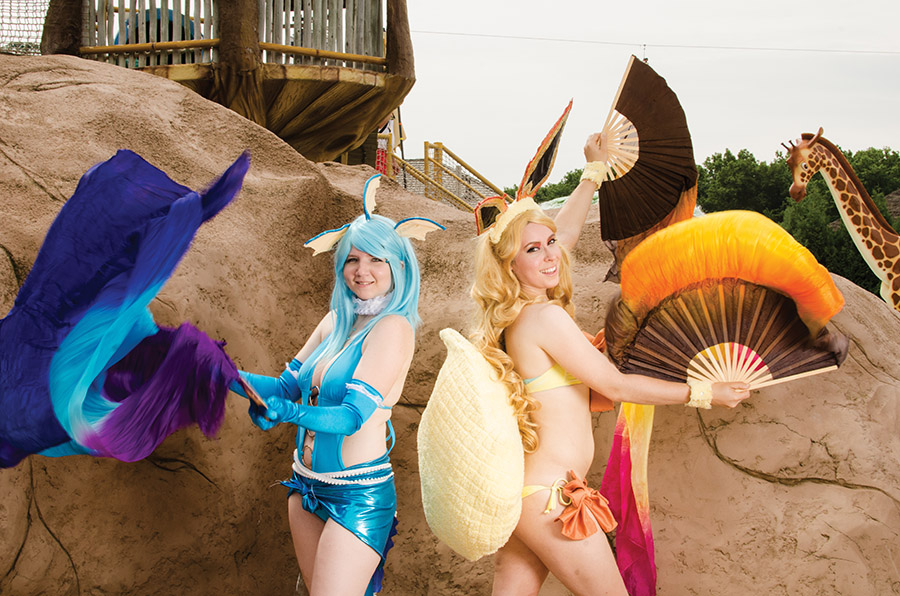
Planning
The most successful photos result from solid planning that happens before the shoot even begins. Having a game plan will ensure that you accomplish everything you want during the shoot, and having a creative direction will save you from awkwardly standing around and staring at each other, hoping someone can come up with an idea on the spot.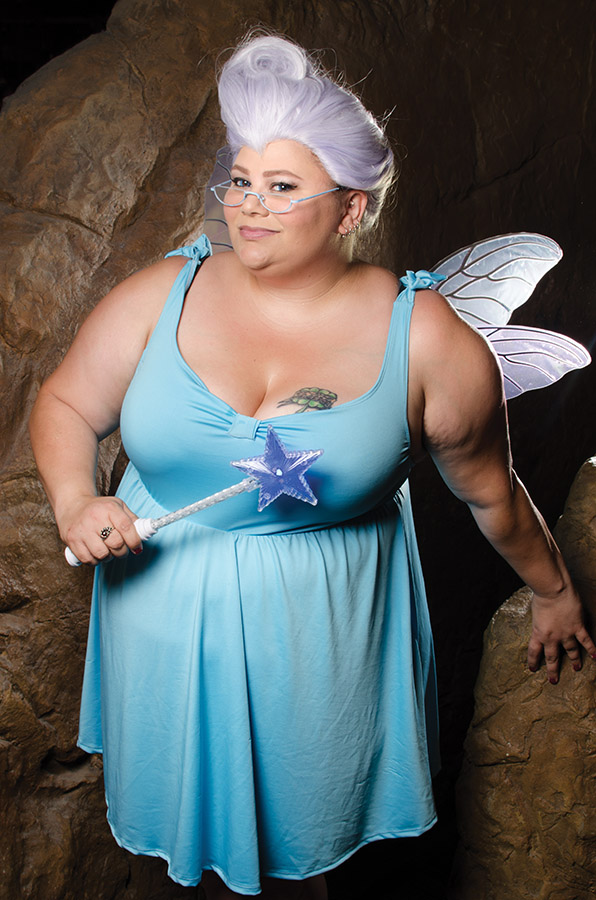
When planning photoshoots (either as a cosplayer or a photographer), I’ve found it helpful to make a list of the following elements:
Location: Where are we shooting? Can we use the location as-is, or do we have to build a set? Do we need permission to access this location?
References: Is there official art we want to recreate? What about fan art? Are there stock images we can use as pose references? Any Pinterest boards or Tumblr posts that offer aesthetic inspiration for how we want the shoot to look?
Time of Day: When are we shooting? When will the lighting be best for the look and mood we want to create?
Props: If we need to build a set or decorate the area, what do we need to bring with us? Are there any symbols from the series that we’d like to reference (such as roses, candles, crow feathers, etc.)?
Equipment: Do we need extra lighting? A fog machine? A fan? Smoke bombs? Sparklers? Does anything need to be rented beforehand?
Assistants: Who’s helping with this shoot? How many people do we need on hand? [NOTE: I always aim to have at least one assistant on hand, but it’s best to have 2-3, depending on the level of special effects you’re attempting during the shoot. At minimum, it’s good to have one person there for costume/photography assistance, and a second to make sure everyone is staying hydrated, isn’t overheating or freezing, and so forth.]
It may feel excessive, but the pre-planning work will pay off in the long run!
Communication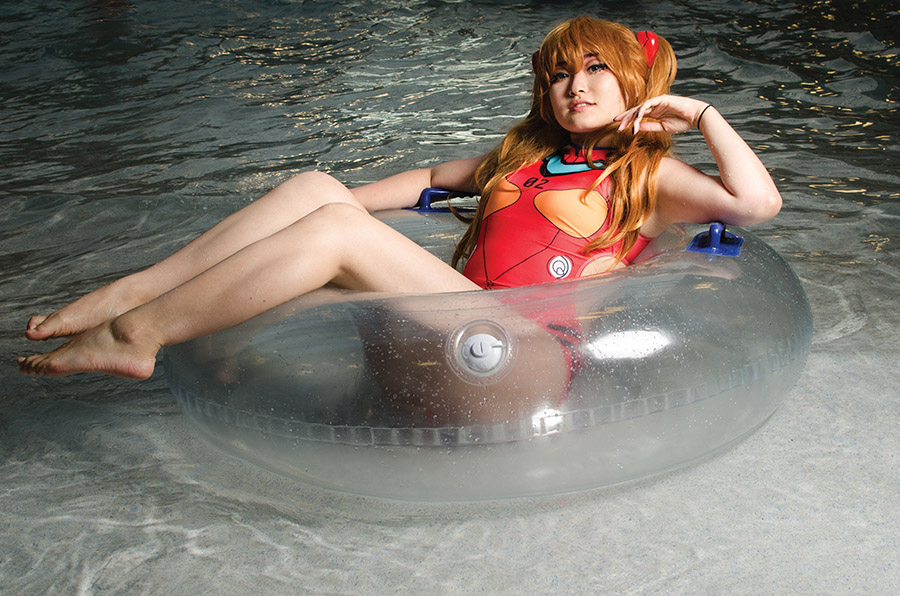
At the end of the day, everything else in the shoot may be on point, but if you and the photographer aren’t communicating, you’re going to run into trouble. There should be a constant dialogue going on between the model and the photographer; both parties should be sharing their ideas equally and giving each other feedback to make sure everyone is on the same page. If you’re confused about something your photographer says, or you’re confused by something the model is describing, ask for clarification. As a model, let your photographer know if you’re uncomfortable — physically or mentally. Cosplay photography should never make either party feel anxious, attacked, or objectified, and if anything, that’s the most important reason to keep talking to each other throughout the shoot.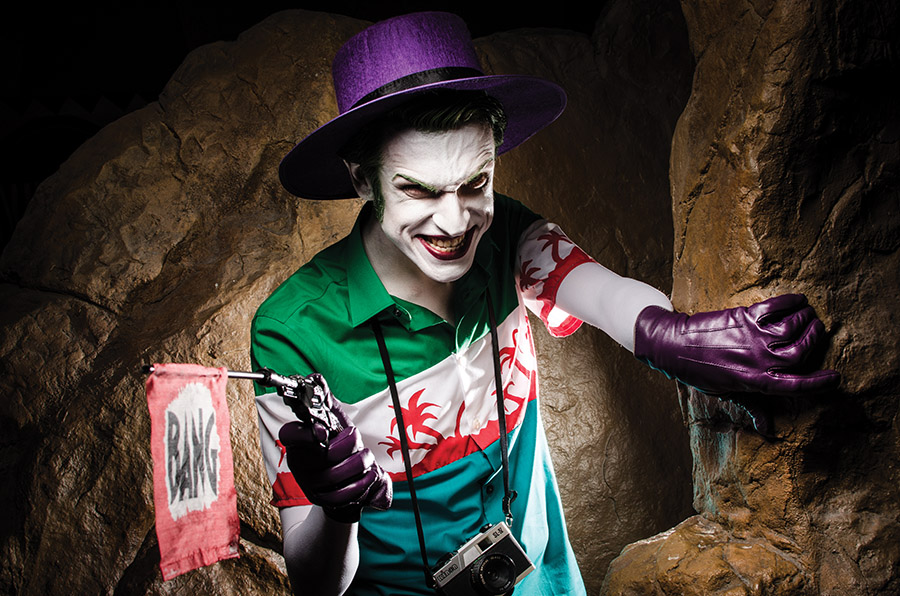
Namely, though, it’s important to make sure that everyone is happy with the end results of the photo. If you’re unhappy with the angle the photographer chose, or you’d like the cosplayer to change their pose, speak up. Tell them how you feel. Cosplayers want their photographers to be satisfied with the pictures they take, and photographers want their models to be happy with the end result. Even if it takes a dozen tries, it’s better to retake that photo until you get a finished product everyone loves.
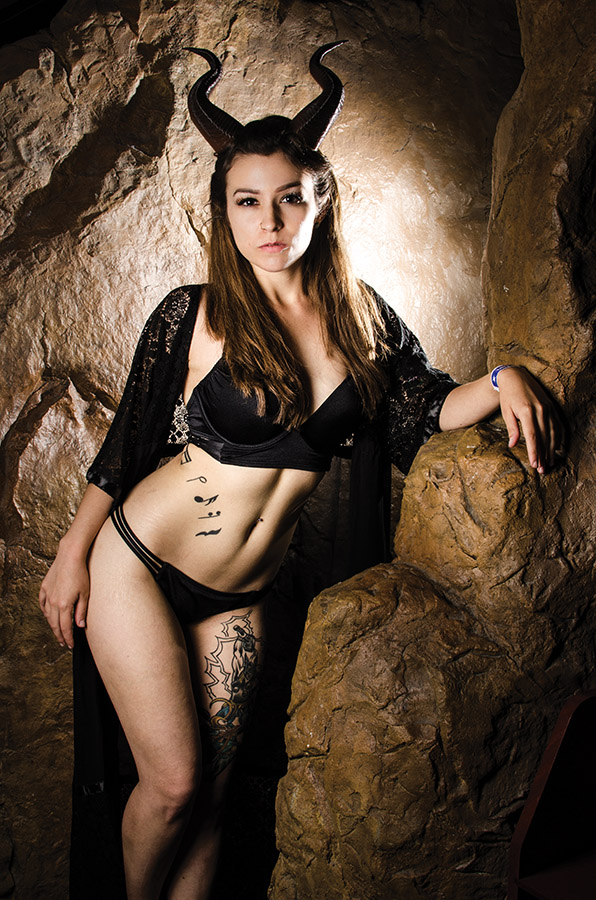
Photoshoots are one of the most exciting ways to take your cosplay to the proverbial “next level,” and they’re a great method for showcasing your costuming work. Ultimately, though, there’s really no better feeling than collaborating with other artists to create an image that is true to your favorite series and character. For me, that’s always been the best part of cosplay, and I’m thrilled for you to give it a shot, too! Good luck!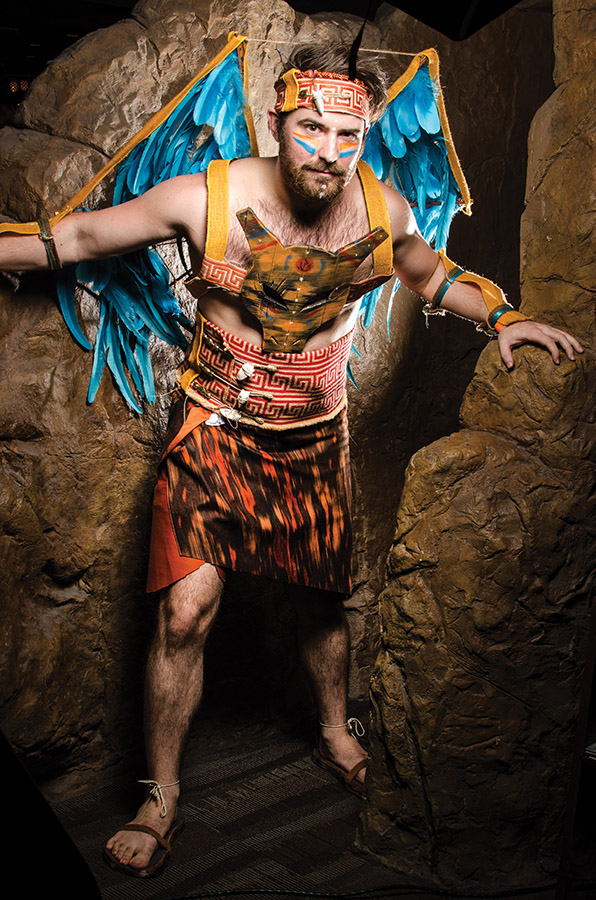
Some Advice To New Cosplayers
It is okay if you don’t finish your costume for the convention. It’s fine. There will be other events in the future. It’s not worth it to make yourself sick rushing to finish a costume, and you’ll enjoy the convention so much more if you go into it well-rested and relaxed. This is a lesson I’ve been struggling to learn this year, but it’s probably the most important one I wish I knew when I was younger. Take your time working on your costumes and finish them at your own pace.

photo: Night Eyes
MangoSirene has been cosplaying for nearly ten years. Her very first cosplay was as Hermione from Harry Potter for the midnight release party of Harry Potter and the Deathly Hallows, which included a life-size Croookshanks. The warm reception she received from this first costume has led her to a multitude of others, including Chihiro from Spirited Away, Kitty Pryde from X-Men, and Batgirl. Her favorite characters to cosplay are those she feels a personal connection with, as well as those with costumes that are challenging and creatively stimulating. Along with making appearances at cons around the country, she also runs a cosplay vlog on YouTube at MangoSirene.


